

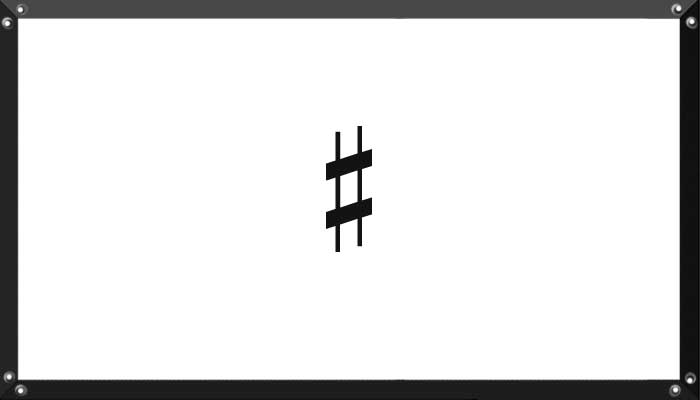
When you see a sharp symbol in front of the note, it means the note is a little bit higher. It is a "half step" higher. For example the white key in the piano "C" is a natural note, but if you see a sharp then you have to play the black key, in the middle of C and D. The note will be C sharp.
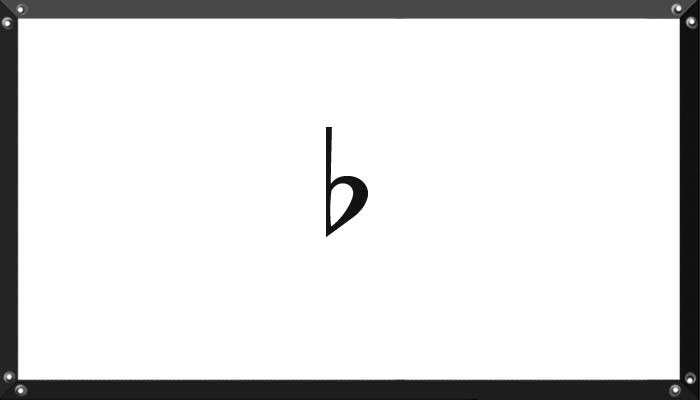
When you see a flat symbol in frot of the note, it means the note is a little bit lower. It is a "half step" lower. For example the white key in the piano "E" is a natural note, but if you see a flat then you have to play the black key, in the middle of D and E. The note will be E flat.
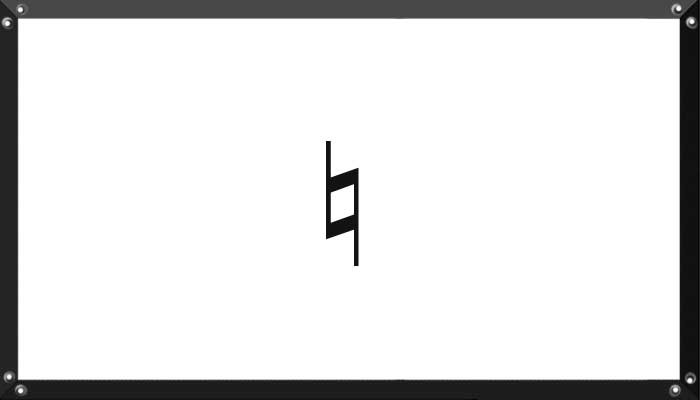
The natural symbol cancels all flats and sharps, if you have a flat note, but then you have the same note with a natural sign, then this note is natural.
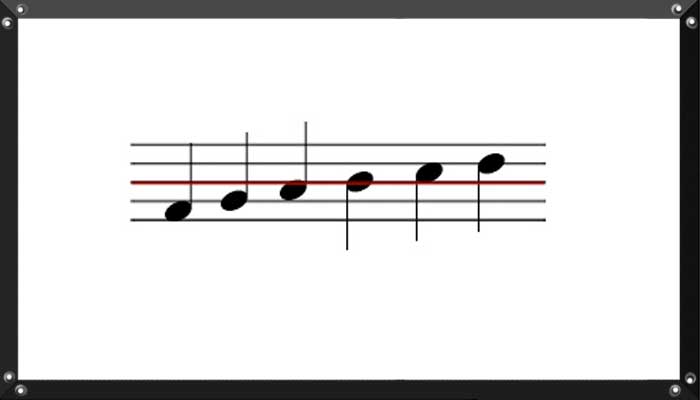
Sometimes you see the stem of the note up or down, the rule is simple, if the note head is on the third line of the staff or higher, then the stem goes down. And below the third line, from the second space of the staff and below, the stem will be pointing upwards. The idea is to make the stem fit inside the staff as much as possible.
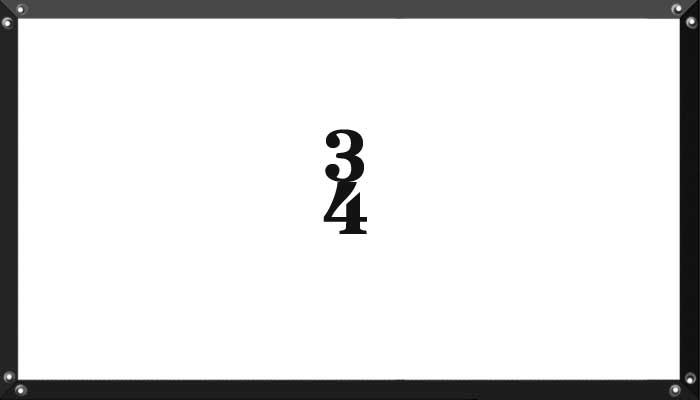
As you know the time signature tells you how many notes and what kind of notes you must have on each measure. The 3/4 has 3 quarter notes per measure, or any combination of notes that makes 3 beats, or 3 counts, like a half note and a quarter note, or like a dotted half note.
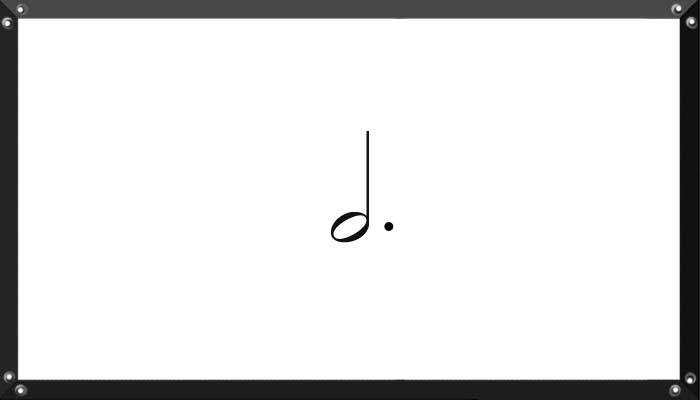
A little dot in forn of a note, makes the note last longer then its original value. For example a half note last 2 counts, but a dotted half note last 3 counts, because the dot makes the note half of its value longer, 2 + 1, because 1 is half of 2.
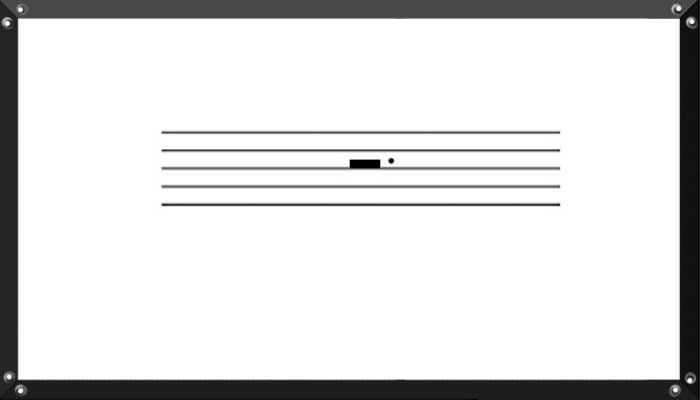
The same rule applys to a rest, the dotted half rest last 3 counts. You don't really see many of these, but you can have it.
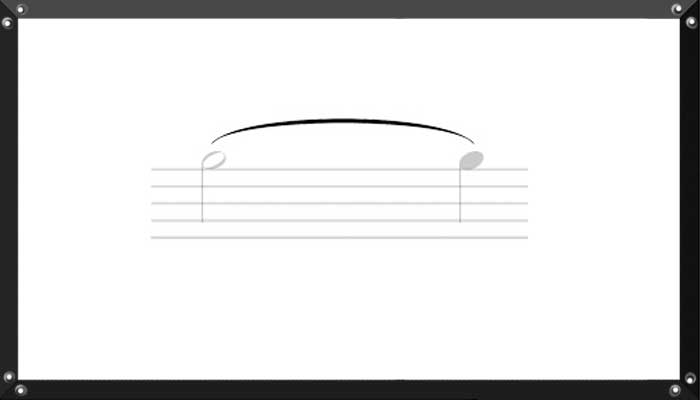
A tie, is a curvy line taht ties two notes to make te first note last longer. The two notes must be the same, like Re and Re, You can have a Whole note, tie to a Half note, the the duration of the sound will be 6 counts, You must play the first note, and do not play the second note, but hold the sound for as long as the value of the two notes combined.
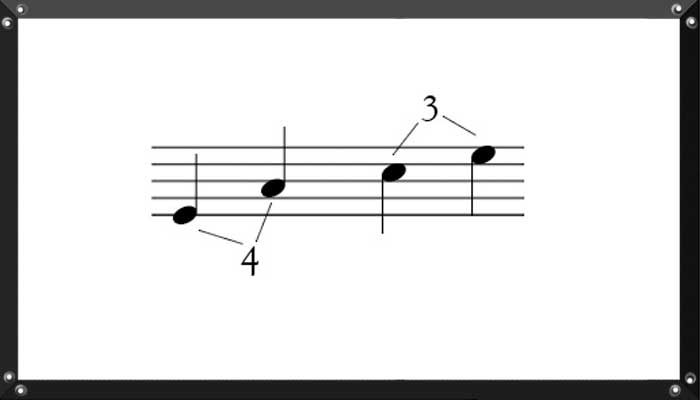
Intervals are very important, we will satudy a lot of them. But for now all you need to know is that you can count the distance from one note to another. From C to E is a 3rd. Because there are 3 notes involved. (C-D-E). From A to D is a 5th, because you have 5 notes total. (A-B-C-D-E). Always count the intervals going UP. And you must count all the notes, from the first to the last. Do not use sharps or flats, count natural notes, like C-D-E-F-G-A-B
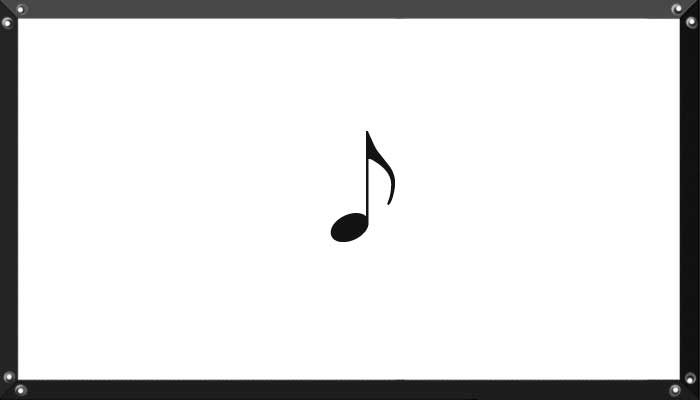
The Eighth Note last half beat, or half a count, or half of the quarter notes. Two eighth notes makes one quarter note. In a 4/4 tiem signature, you can have 4 quarter notes, or 8 eighth notes, notice you need double the notes to make the same time, because each note last half of the time.

Try this test to see how much you know so far. You need to know 10 symbols in a row with no mistakes.
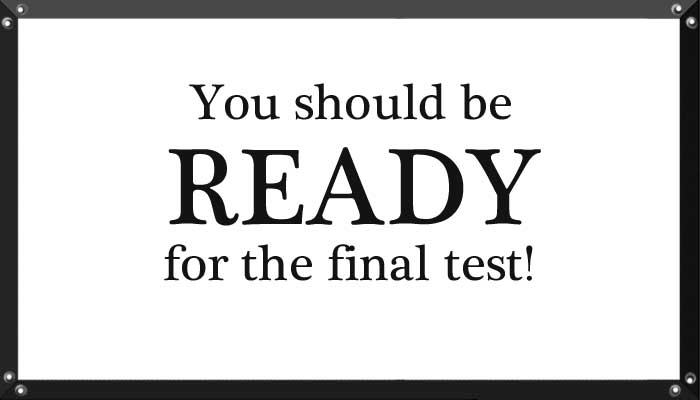
Now it's time to have your first Music Theory test. Let's see if you are learning and how much you know.